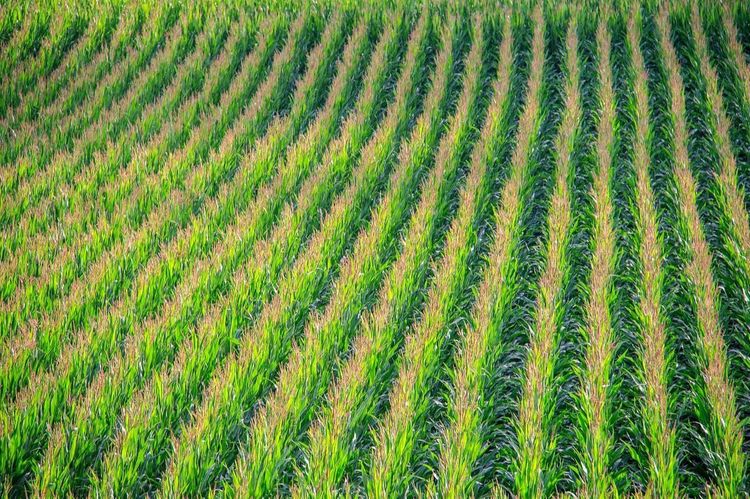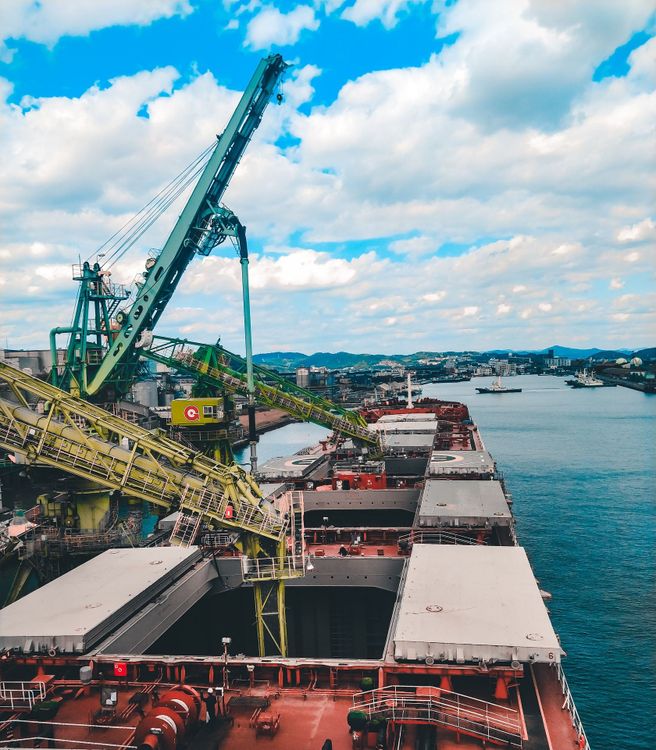A Spotlight on Brazilian Agriculture
Brazil has joined the elite ranks of agricultural countries in the last 50 years. Brazil is the largest producer of both arabica coffee and sugar, the second-largest producer in soybeans and robusta coffee, and the third-largest corn producer. Brazil is also a top beef and chicken producer. These developments happened with agricultural reform in the 1960s via the Green Revolution and again in the mid-1990s as part of the Real Economic Stabilization Plan. However, agricultural success can be limited by environmental concerns, economic turmoil, and corruption. This month, we’re highlighting how agriculture has shaped and will continue to shape Brazil’s future.

Brazil needed to enhance much of its land to make it more suitable for agriculture. The Green Revolution prioritized transforming Brazil’s highly acidic land. Millions of tonnes of crushed lime were poured across the Cerrado, the country’s savannah. Since 1961, agricultural area has expanded from 18 to 34 percent of total land area. Plant breeders have created new varieties of soybeans that thrive in the Brazil’s climate and soil. Farmers have responded by rapidly boosting bean acreage to the point that they contest the US’s number one producer title. But their success story has a big caveat.
Slash-and-burn clearing of rainforest provided most of the new soybean acreage. Deforestation of the Brazilian Amazon has slowed significantly, but rising soy demand has led to a renewed increase in cleared acreage numbers. Between August 2015 and July 2016, 7.989 km2 (close to two million acres) were cleared, a 29% increase from the previous year.
Brazilian sugar faces some challenges too. Sugarcane can be processed into either table sugar or ethanol. Millers will base their processing decisions on market demands. However, sugar prices have slumped worldwide while Brazil’s declining GDP has led to reduced sales of flex-fuel (ethanol-capable) vehicles. The sugar industry was just recently rebounding from a multi-year downturn. Now the future looks bleak based on both market and consumer trends.
While Brazilian meat has made headlines for bribery and large-scale corruption (“Operation Weak Flesh”), chicken exports are recovering in volume. Broiler production and exports are both projected to increase further in 2018. Increasing trade with the Middle East and Africa is an important part of Brazil’s success.

Beyond these key agricultural industries, there are interesting developments in fertilizer imports and coffee. Brazil currently imports 75% of its fertilizer and that appears to be trending upward. Brazilian coffee exports were down in July and there’s concern that a recent berry-borer beetle infestation could lead to higher prices.
Agriculture is a key part of Brazil’s history and future, but there are growing pains as the country’s economy continues to mature. Increased production and trade can be hindered by scandal, poor infrastructure, and environmental constraints. Considering Brazil’s critical importance in the global economy, it’s important to understand the multifaceted nature of the country’s agriculture.
 Blog
BlogSouth America: Fall Planting Snapshot
 Insight
InsightSoggy Start to Spring Points to Fertilizer Application Delays for US Corn
 Insight
InsightAvian Flu’s Grip on Egg Prices Is Starting to Crack
 Insight
Insight

 Search
Search